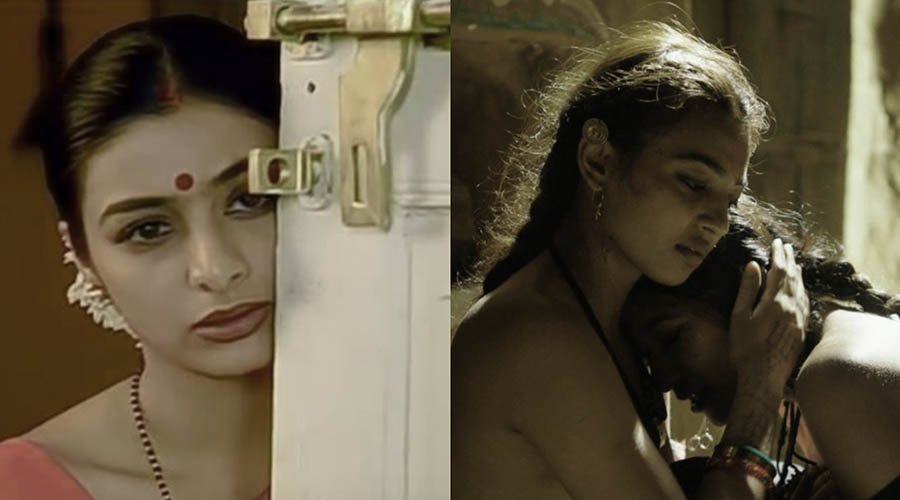The portrayal of women in Indian cinema has long been a subject of scrutiny and debate. While cinema serves as a reflection of societal norms and values, it also has the power to shape and influence them. One recurring theme that has garnered significant attention is the sexualization of women on screen. Here we’ll go deeper into the complexities of surrounding this issue, examining its implications on gender dynamics and societal perceptions.
Historical Context: The roots of the sexualization of women in Indian cinema can be traced back to its early days. During the golden era of Bollywood, actresses were often depicted as symbols of sensuality and desire, catering to the male gaze. While some argue that this reflected the prevalent societal attitudes towards women, others view it as a perpetuation of patriarchal norms within the industry.
Impact on Society: The perpetuation of hyper-sexualized portrayals of women in cinema has profound implications for society. It not only reinforces harmful stereotypes but also contributes to the objectification of women in the public sphere. Young girls growing up watching these films may internalize the notion that their worth is contingent upon their physical appearance and sexual appeal, leading to issues of self-esteem and body image.
Reinforcing Gender Stereotypes: Furthermore, the sexualization of women in Indian cinema often goes hand in hand with the reinforcement of traditional gender roles. Women are frequently relegated to the role of the love interest or the object of desire, devoid of agency or autonomy. This perpetuates the notion that a woman’s primary purpose is to fulfil the desires of men, rather than pursue her own ambitions and aspirations.
The Need for Change: While there have been efforts to challenge these entrenched narratives, progress has been slow. Initiatives such as the #MeToo movement have shed light on the prevalence of sexual harassment and exploitation within the industry, prompting calls for greater accountability and representation. However, meaningful change requires a collective effort from filmmakers, audiences, and society at large to challenge ingrained attitudes and foster a more inclusive and equitable cinematic landscape.
Conclusion: The sexualization of women in Indian cinema is a multifaceted issue that warrants critical examination. It not only reflects societal attitudes towards gender and sexuality but also perpetuates harmful stereotypes and reinforces patriarchal norms. As we strive towards creating a more inclusive and equitable society, it is imperative to challenge these entrenched narratives and advocate for representations that empower and uplift women on screen. Only then can Indian cinema truly fulfill its potential as a catalyst for social change.







